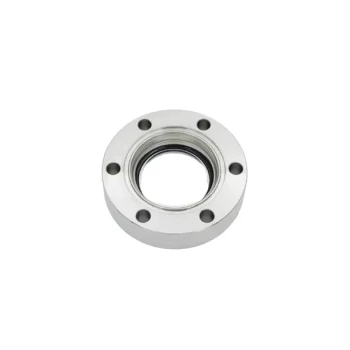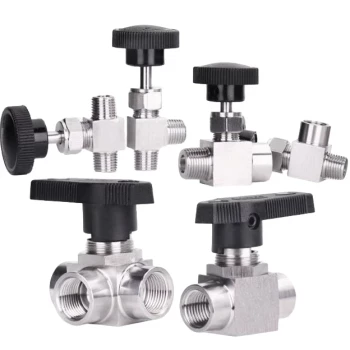Electric furnaces are considered a quieter heating option primarily due to their lack of moving mechanical parts and combustion processes, which are common sources of noise in traditional heating systems. Their operation relies on electrical resistance heating, which generates minimal sound, making them ideal for environments where noise reduction is a priority, such as laboratories, residential areas, and small-scale production facilities. Additionally, advanced insulation and design features further dampen any operational sounds, ensuring a peaceful working or living environment.
Key Points Explained:
-
Absence of Combustion and Mechanical Parts
- Unlike gas or oil furnaces, electric furnaces do not involve combustion, which eliminates noises from burners, fans, or fuel pumps.
- They utilize electrical resistance heating (e.g., graphite or metal heating elements), which operates silently as current passes through resistive materials.
-
Advanced Heating Technology
- Electric furnaces, including atmosphere retort furnaces, use uniform heating elements that distribute heat evenly without vibration or turbulence.
- Modern control systems regulate temperature precisely, avoiding abrupt power surges that could cause audible fluctuations.
-
Insulation and Structural Design
- High-quality insulation materials (e.g., ceramic fiber) reduce heat loss and absorb operational sounds.
- Enclosed designs (e.g., box-type or tubular furnaces) prevent noise leakage, making them suitable for noise-sensitive applications like laboratories.
-
Safety and Environmental Benefits
- Electric furnaces eliminate risks like gas leaks or explosive combustion, contributing to quieter and safer operation.
- No exhaust systems are needed, removing fan or vent noise associated with fuel-based alternatives.
-
Versatility in Quiet Applications
- Ideal for processes requiring low noise, such as:
- Heat treatment of alloys (below 1200°C).
- Debinding or sintering in research labs.
- Small-scale metal melting in controlled environments.
- Ideal for processes requiring low noise, such as:
By prioritizing electrical efficiency and innovative design, electric furnaces offer a near-silent heating solution without compromising performance or safety. Their adaptability across industries—from metallurgy to electronics—makes them a preferred choice where noise reduction is critical.
Summary Table:
| Feature | Benefit |
|---|---|
| No combustion/mechanical parts | Eliminates noise from burners, fans, or fuel pumps. |
| Electrical resistance heating | Silent operation with uniform heat distribution. |
| Advanced insulation | Absorbs sound and reduces heat loss for quieter performance. |
| Enclosed design | Prevents noise leakage, ideal for labs and residential use. |
| No exhaust systems | Removes fan or vent noise associated with fuel-based alternatives. |
Upgrade to a quieter, safer, and more efficient heating solution with KINTEK’s advanced electric furnaces. Whether you need precise heat treatment, sintering, or controlled melting, our custom-designed furnaces—including Muffle, Tube, and Vacuum/Atmosphere Furnaces—deliver silent performance tailored to your lab’s needs. Contact us today to explore how our R&D expertise and in-house manufacturing can solve your noise-sensitive heating challenges!
Products You Might Be Looking For:
High-vacuum observation windows for silent monitoring Precision vacuum feedthroughs for noise-free electrical integration Rotary PECVD furnaces for quiet thin-film deposition High-vacuum valves for silent system control



















